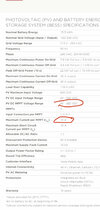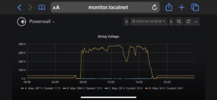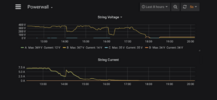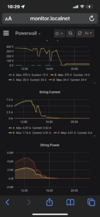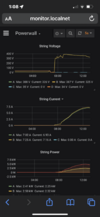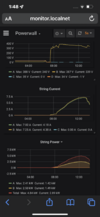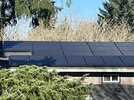FWIW, putting two strings in parallel on a single MPPT is only going to negatively impact performance when the two strings have significantly different MPPT voltages. As long as the strings are the same length and orientation, only certain shading patterns will cause problems. Namely, when the optimal number of bypass diodes to be activated in each string differs, resulting in different MPPT voltages.
For example, if one string is completely unshaded, and one string is uniformly partially shaded, that's not a problem. All the PV cells involved are producing voltage; the partially shaded string will be producing less current, but Vmpp doesn't change much with insolation, so the two strings can operate at the same voltage reasonably efficiently.
But now suppose that one string is completely unshaded, and the other string has 1/4 of the panels illuminated at 40% and 3/4s of the panel illuminated at 80%. The latter string could either be operated with all panels producing voltage, and the current limited by the 40% illuminated panels, to provide 40% power. Or it could be operated with the less illuminated panels having their bypass diodes activated, so that only 3/4s of the panels are producing voltage, to produce 60% power. Which is what it would do on its own MPPT. But if it is paralleled with a fully illuminated string, it must operate at the same voltage with no bypass diodes activated, so it will end up producing only 40% power.
Cheers, Wayne



